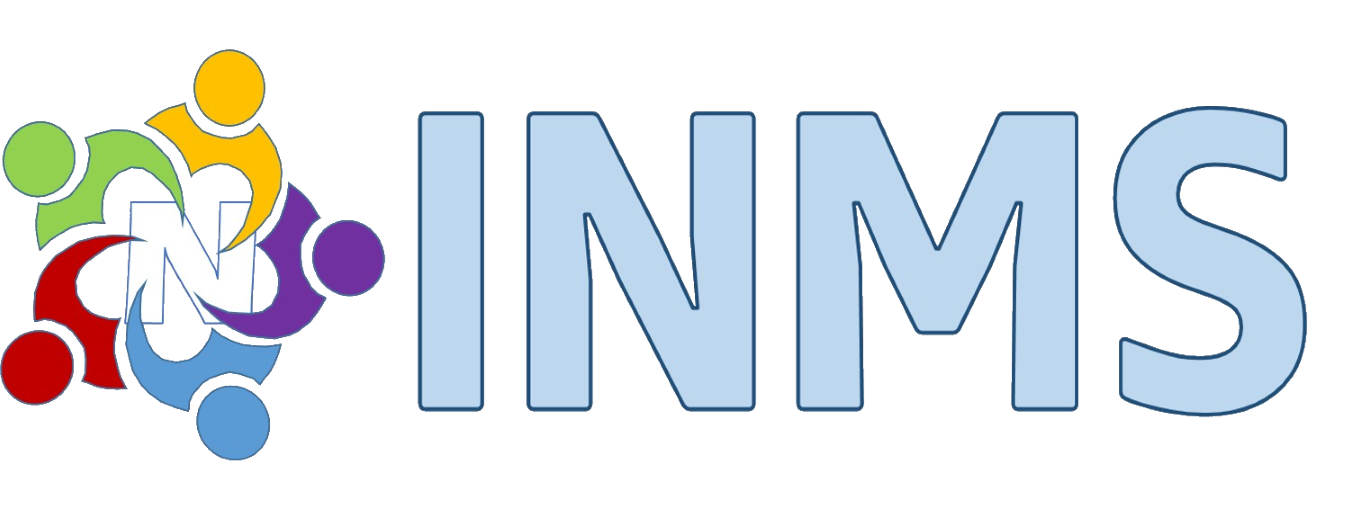Aiming to the overall goal of participating in the conservation and restoration of different levels of biodiversity in such a way that sustainable development based on sound environmental processes will be met, the Government of Iran, based on the awareness of the importance of biodiversity in human well-being, developed the Revised National Biodiversity Strategies and Action Plan (NBSAP2), updating the 2006 version. This is a nationwide sectoral document that aims to reach, by 2030, the Vision of public awareness, raised on the importance of biodiversity for human well-being, and status of biodiversity improved sustainably, so the natural landscapes, ecosystems, species and genetic resources, vital elements of air, water, soil, fauna and flora are effectively conserved. Four Strategic Goals are identified, namely: (i) Mainstreaming biodiversity across government and society and promoting awareness and public participation to achieve sustainable development goals, (ii) Integrated biodiversity monitoring, assessment and reporting; (iii) Reducing pressures on biodiversity and promoting sustainable use of natural resources, and (iv) Integrated conservation of biodiversity. In order to make agriculture, forestry and fisheries more productive and sustainable, the Strategy proposes a series of national targets and actions to intervene in the three fields. As for agriculture: (i) promote sustainable agricultural approaches; (ii) develop and implement an integrated plan for agro-biodiversity; reinforce capacity building to prevent GMOs and to develop sustainable agriculture adapted to local conditions; (iv) by 2025, develop and implement a sustainable rangeland management. As for forestry: (i) encourage native species for rehabilitation of forests and rangelands; (ii) reduce the utilization of primary forests up to 30% per year; (iii) halt any type of construction within primary forests; (iv) carry out an inventory of forest resources every 5 years; (v) move livestock out of forests, based on the forests’ carrying capacity; (vi) exclude customs duties for timber imports and development of facilities to import non-processed wood; (vii) mobilize significant resources to finance sustainable forest management and provide adequate incentives to advance such management, including for conservation and reforestation; (viii) halve by 2030 the rate of loss of natural habitats, in particular forests, wetlands, mountains and dry lands and significantly reduce degradation and fragmentation; and (ix) by 2025, develop and implement sustainable forest management plans across the forest zone of Iran, significantly reduce the rate of deforestation and rehabilitate at least 20% of degraded forests. As for fisheries: (i) replace destructive fishing with suitable methods with focus on endemic species; and (ii) integrate biodiversity into the Fisheries’ management system. In order to enable more inclusive and efficient agricultural and food systems, the Strategy proposes of ensuring local communities directly and sustainably see the benefit from forest productions, including ecotourism. To increase the resilience of livelihoods to disasters main actions to be taken are: (i) develop a comprehensive plan for emerging environmental emerging issues (impact of climate change, phenomenon of dust storms, drought and water shortages, wetland destruction, forest fires, wildlife disease); (ii) ensure sufficient ex situ conservation of threatened species to address the impacts of climate change, habitat fragmentation and unsustainable use; and (iii) by 2020 develop effective measures to reduce the impact of climate change on biodiversity. With regard to the governance, good governance for conservation and sustainable use of biodiversity are promoted and biodiversity considerations are integrated into development and implementation of policy, legislative and governance tools. The Strategy also promotes accountability and transparency in decision making related to biodiversity conservation and governance of natural resources.
Revised National Biodiversity Strategies and Action Plan (NBSAP2) 2016-2030.
